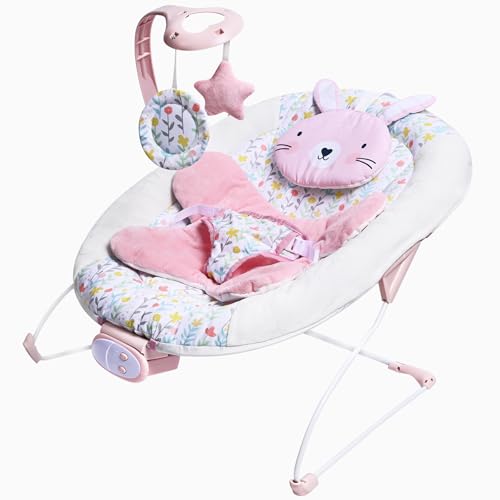Understanding colic and its symptoms
Colic is a common condition in infants that causes prolonged and intense crying episodes. It affects up to 40% of infants under 3 months old and can be frustrating and exhausting for parents. While the exact cause of colic is unknown, it is believed to be related to digestive issues or a baby’s immature nervous system. The symptoms include crying for long periods, pulling their legs up to their stomach, and difficulty sleeping.
What is a baby bouncer?
A baby bouncer is a device that allows infants to sit and bounce in a supportive seat. It is typically used for playtime or rest and can offer a safe and comfortable environment for babies. Baby bouncers can be manual or electric and are designed to mimic the natural movements of being held or rocked.
How can a baby bouncer help with colic?
While a baby bouncer cannot cure colic, it can provide relief for both the baby and parents. The gentle bouncing motion can help soothe and calm a fussy baby, providing a welcome distraction from colic symptoms. The upright position of a baby bouncer can also aid in digestion and prevent acid reflux, which can be a common issue for colicky babies.
Tips for using a baby bouncer for colic relief
To get the most benefit from a baby bouncer for colic relief, parents should follow a few tips:
- Use the baby bouncer for short periods of time, no more than 20-30 minutes at a time.
- Avoid using the baby bouncer as a sleep aid, as it is not a safe sleep environment for babies.
- Ensure that the baby bouncer is properly secured to prevent any accidents or injuries.
- Monitor your baby closely while they are in the baby bouncer to ensure they are comfortable and safe.
- If your baby shows signs of distress in the baby bouncer, remove them immediately and try another soothing method.
Other methods for colic relief
While a baby bouncer can be a helpful tool for colic relief, it is not the only option. Other methods that can soothe a colicky baby include:
- Swaddling
- Pacifiers
- Gentle rocking or bouncing in your arms
- White noise
- Changes to the baby’s diet if breastfeeding or formula feeding
- Consulting with a pediatrician for additional treatment options or advice






